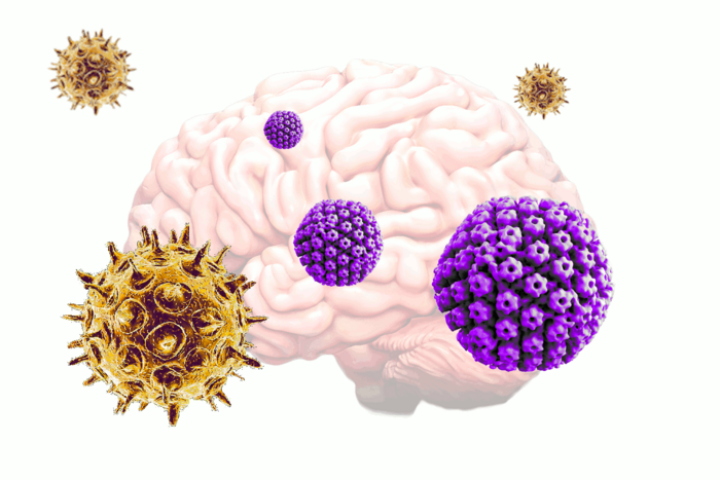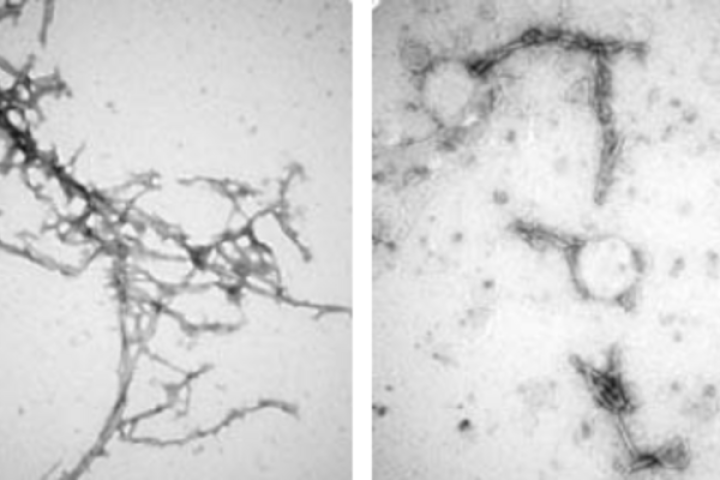 New research argues long COVID should be classified in three distinct groups depending on symptoms. Depositphotos
New research argues long COVID should be classified in three distinct groups depending on symptoms. Depositphotos–Rich Haridy
The clinical definition of long COVID, also known as PASC (post-acute sequelae of COVID-19), is still frustratingly unclear. The World Health Organization (WHO), for example, classifies the condition as COVID-19 symptoms that persist for longer than 12 weeks after an initial infection, whereas the US Centers for Disease Control and Prevention (CDC) only lets four weeks pass before a patient with lingering symptoms qualifies for long COVID. The CDC also lists around 20 symptoms that can fit under the umbrella of long COVID.
This new research presents a large-scale analysis of healthcare data incorporating 486,149 people in the United Kingdom with a reported history of mild COVID-19 (no patient was hospitalized due to their acute infection). This cohort was matched against a control of around two million patients with no record of COVID-19 infection. The study spanned a period early in the pandemic, from January 2020 to April 2021.
The study found those post-COVID patients were more likely to report 62 different symptoms to their local doctor at least 12 weeks after their acute infection, compared to the matched control group. After accounting for factors such as age, weight and pre-existing health conditions, the differences in symptom reporting between the two groups remained, suggesting the symptoms could be associated with COVID-19.
“Some of these symptoms were expected, like loss of sense of smell, shortness of breath and fatigue,” write Shamil Haroon and Anuradhaa Subramanian in The Conversation. “But some of the symptoms that we found to be strongly associated with COVID beyond 12 weeks were surprising and less well known, such as hair loss and reduced libido. Other symptoms included chest pain, fever, bowel incontinence, erectile dysfunction and limb swelling.”
Overall, the study listed 62 different symptoms that may be associated with long COVID. Interestingly, the researchers suggest it could be useful to reclassify long COVID as three more distinct conditions, depending on the nature of the symptoms.
“Our analysis suggests that long COVID can be characterized into three distinct groups based on clusters of symptoms reported,” explained Haroon and Subramanian. “The largest group, consisting of roughly 80% of people with long COVID in our study, faced a broad spectrum of symptoms, ranging from fatigue, to headache, to pain. The second largest group, representing 15%, predominantly had mental health and cognitive symptoms, including depression, anxiety, brain fog and insomnia. The third and smallest group, capturing the remaining 5%, had mainly respiratory symptoms such as shortness of breath, cough and wheeze.”
By breaking long COVID up into these three distinct groups it is possible future research could identify underlying pathophysiological differences that inform more novel targeted therapies.
This kind of study is of course subject to a number of limitations. A big research project such as this can never offer robust causal connections, so it is difficult to suggest every single patient presenting to a doctor with a strange symptom three months after COVID is actually suffering from long COVID. On the other hand, since the study only recorded symptoms that were formally reported to a doctor it is possible it didn’t catch the breadth of long COVID’s impact.
On this point, the study does actually indicate the prevalence of long COVID may be much lower than most previous research has found. About 4.4% of the uninfected control group presented to a doctor with one of the hundred symptoms being tracked in the study. This compares to 5.4% of the COVID group presenting with a potential long COVID symptom.
This means the prevalence of long COVID is possibly as small as 1% in those who experienced a SARS-CoV-2 infection not severe enough to send them to hospital. This rate is much lower than any previous study has identified.
It is still important to note, however, that a 1% prevalence of long COVID can lead to extraordinarily high numbers of patients suffering from chronic illness considering it is likely nearly everyone could be infected with SARS-CoV-2 at some point in time. Plus, this potentially low prevalence is only in non-hospitalized patients and plenty of prior research has found the more severe the acute disease, the more likely one is to suffer from long COVID.
Jennifer Camaradou, a co-author on the new study, said the new findings affirm how complex a condition long COVID may be, and how certain factors such as gender, age and ethnicity, can increase one’s risk of developing persistent disease.
“This study is instrumental in creating and adding further value to understanding the complexity and pathology of long COVID,” Camaradou said. “It highlights the degree and diversity of expression of symptoms between different clusters. Patients with pre-existing health conditions will also welcome the additional analysis on risk factors.”
The new study was published in the journal Nature Medicine.
Sources: The Conversation, University of Birmingham
–
–























